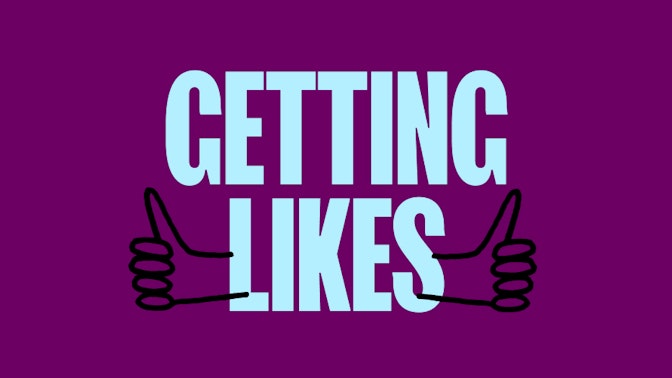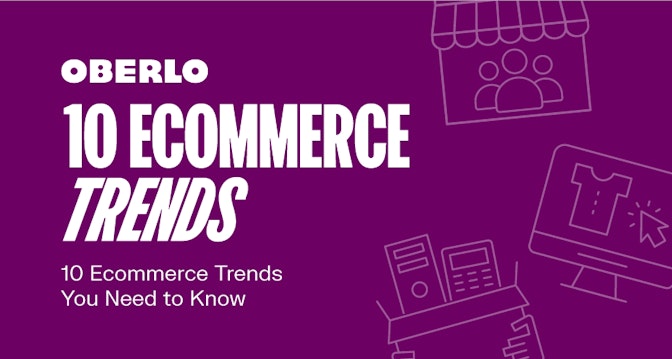When starting a dropshipping business, the last thing you want to do is build a store around a totally unvalidated product idea.
You might love sculptural incense burners.
You might think it sounds fun to sell oversized stuffed animals.
You might feel the world needs another store selling aquarium accessories.
And you know what?
You might be right.
But you also might be completely wrong. And, if that’s the case, a few hundred dollars poorer.
Luckily, there’s a way to find out whether a product will be successful without actually importing or selling the product. It’s called product validation.
In this article, you’ll learn what product validation is. You’ll also learn how to create a product validation spreadsheet that you can use to determine whether a product has a strong chance of selling.
To save time, you can also download my own product validation spreadsheet.
Either way, read on to find out how to use a product validation spreadsheet to build a better dropshipping store.
Post Contents



What is Product Validation?
Product validation is a research process. It’s a method of collecting different data points and using those data points to determine whether a product has a good chance of selling.
Product validation doesn’t guarantee that a given product will fly off the proverbial shelf – that depends on how much work you put into your store – but it does help you decide whether it’s worth it to spend time and money trying to sell a product.
→ Click Here to Launch Your Online Business with Shopify
What Goes Into a Product Validation Spreadsheet?
A product validation spreadsheet captures product data from different sources and weighs that data according to the relative significance of its source.
Sound confusing? It’s actually not as difficult as you think.
To explain, let’s use my product validation spreadsheet. I use five sources of data. Below, I explain what each source is, what kind of data I collect from it, and why.
Source #1: Amazon Search Results
Amazon, the ecommerce giant, offers a platform for thousands of businesses to sell their products. Chances are high that other businesses on Amazon offer products similar to the one you’re thinking of selling.
This isn’t a bad thing. In fact, it can be very helpful.
Why?
Those other businesses have done the product research for you.
The data you want to collect from Amazon is the number of search results for the product you’re researching. So, if you’re thinking of selling bluetooth headphones, for example, you’d search “bluetooth headphones” and enter the result in your spreadsheet.

For the result here, you can enter 30,0000. The higher this number is, the more demand there is for a product. Even though this means you’ll have competition, it’s a good indicator that your product will sell.
Source #2: Instagram
Instagram has become a sales-driving marketing channel for many ecommerce entrepreneurs.
But did you know you can also use it in the product validation process?
Here’s why: Most Instagrammers – both individuals and brands – use hashtags to indicate what kind of content they’re posting. That’s why I record the number of post results for a hashtag related to the product I’m researching.
To do that on your own, open Instagram, type in the relevant hashtag, and pause before you hit enter. Instagram will automatically show you the amount of posts related to your hashtag.

For example, the results for #bluetoothheadphones tells me that 26,590 Instagram photos relate to my product. This gives me an idea of how often people and brands are sharing content related to my product. The higher this number, the better the chance that I can successfully drive sales on Instagram.
Just one tip: I recommend that you use a narrow hashtag, like #bluetoothheadphones, and stay away from broad hashtags like #accessories. After all, you should be doing product validation for a specific product–not an entire women’s department.
Source #3: AliExpress Orders
AliExpress is a good research tool, because you can see how many orders have been placed for a specific product. A high number of orders indicates a high level of demand.
The number you want to record is the sum of orders for the top three results when you search your product. To get this data, search for your product on AliExpress, sort by orders, and add up the order numbers for the first three product results. When I searched bluetooth headphones, I got the following results and added 15,714 and 14,658 and 10,597 to get 40,969.
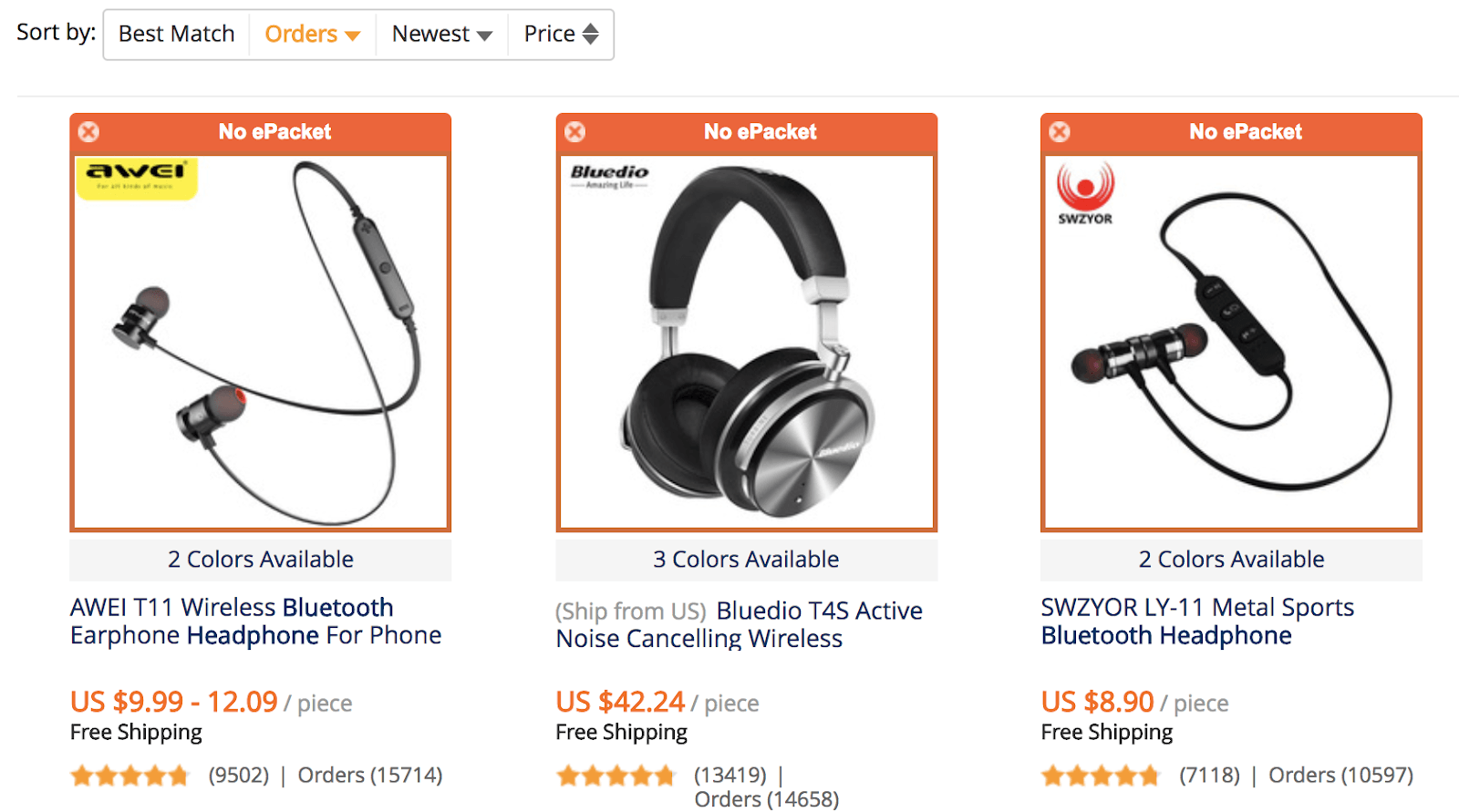
Source #4: AliExpress Search Results
Similar to Amazon search results, the search results for your product on AliExpress can give you an idea of how popular your product is in the market.
To get this number, simply search for your product on AliExpress and look up the total number of results. Continuing with our example, I recorded 39,431 results for the term “bluetooth headphones.”

Source #5: eBay Search Results
Like Amazon, eBay is a popular sales platform for ecommerce entrepreneurs. That means you can use eBay search to get an idea of how popular a product is in the market and how much competition you might have.
As with Amazon and AliExpress, just search your product on eBay and record the total search results. Here, we got 195,534 results for “bluetooth headphones.”

How Do You Interpret the Data?
By now you have valuable product validation data from five different sources. These are your results.
But, we need to come up with one number that gives you a score for how well a product will sell.
And before you can get that number, you have to weight your results. In other words, you have to multiply each of the results by a number that indicates the relative significance of its source.
Why? The truth is, some of your results are more important than others. For example, it’s more important that a product gets a lot of orders on AliExpress than it is for the product to get a lot of hashtags on Instagram. You want to sell your products after all, not just get tagged in pretty pictures.
In my product validation spreadsheet, I established the following multipliers:
If someone actually pays for a similar product, then I multiply the corresponding result by 1. That’s because there’s no better proof that there is demand for the product I’m thinking of selling.
If someone takes another action related to the product, such as mentioning it on social media, then I multiply the corresponding result by .5. That’s because it seems that customers are at least talking about the product I’m thinking of selling.
If a competing business sells the same or a similar product, then I multiply the corresponding result by .25. That’s because most offers are based on customer demands, and I tend to trust my competitor’s market research.
One thing to note: As you can see in the screenshot below, cell D6 has a multiplier of 0.375. That’s because, to me, Instagram posts are a mix of customers talking about a product and other brands’ offers.
After these calculations, I add my weighted results to get one number. I average that number because I simply needed a number to work with to get a result I can compare against future validations. Then, I divide that number by 1,000 to get a smaller score that’s easier to compare across different products.
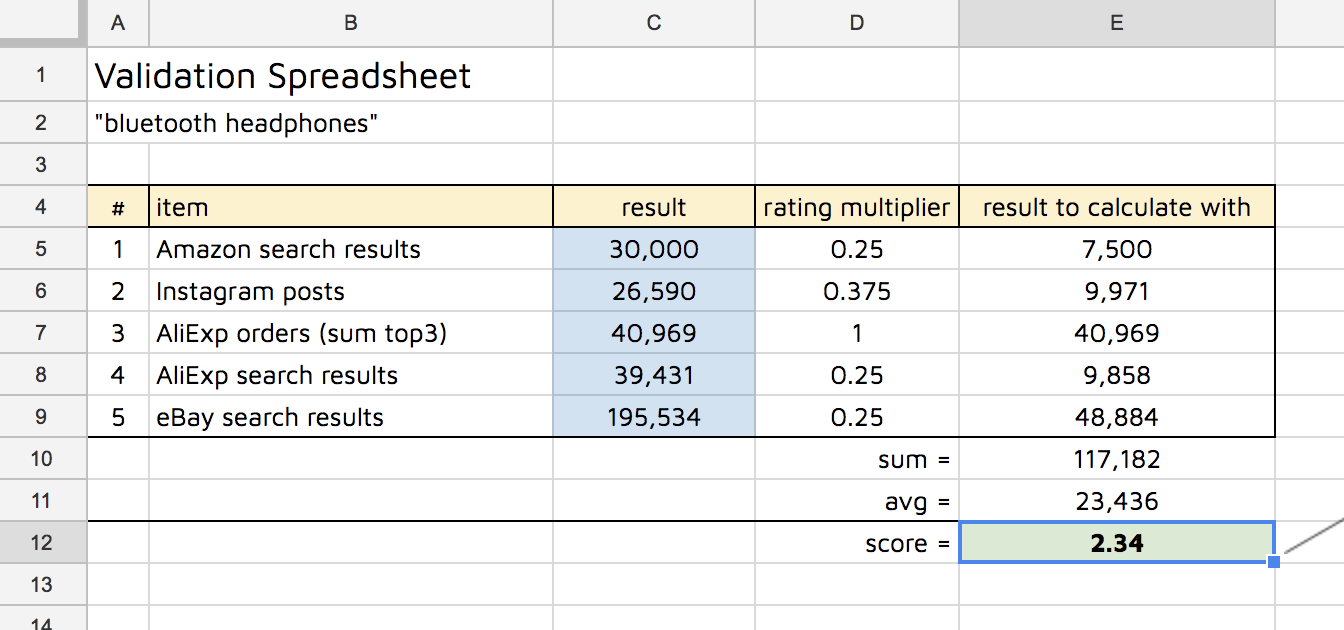
What’s a Good Product Score?
As you can see, the product score for bluetooth headphones is 2.34.
Is that good or bad?
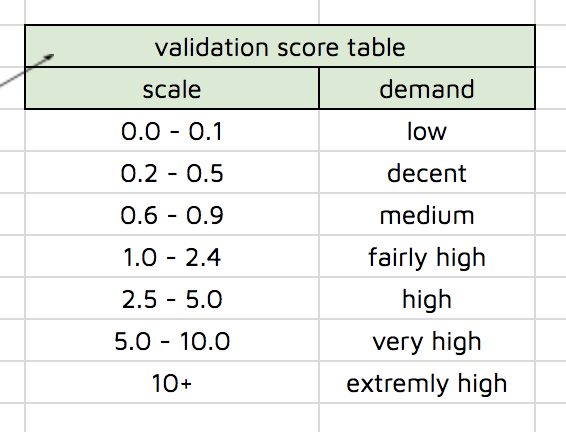
The answer depends on how much work you want to put into marketing your product.
It’s safe to say that you should avoid selling a product with low demand unless you personally know customers who want to buy that product from you immediately.
Products with a decent to medium demand may not be hot sellers, but they could be steady performers that would make a good addition to an existing dropshipping store.
Products with fairly high to high demand are solid sellers. They might be products on the rise, or products that have peaked and plateaued. There’s competition here, but it’s competition you can beat if you’re willing to work hard.
Unless you’re already a six-figure dropshipper, products with very high or extremely high demand should be avoided. These products may be red-hot, but your competition is likely to be fierce. If you’re not comfortable spending a small fortune on ads, find other products to sell.



Conclusion
Finding great products to dropship requires research. However, that research doesn’t have to be complicated. By collecting the right data from the right sources, you can score product ideas in a matter of minutes. Product scores can, in turn, help you determine whether to sell a given product.
Build your own product validation spreadsheet using the guidelines above or download my product validation spreadsheet. Either way, don’t quit if your first product isn’t a winner. Brainstorm other product ideas and keep calculating. When you find a product in your sweet spot, start selling!

